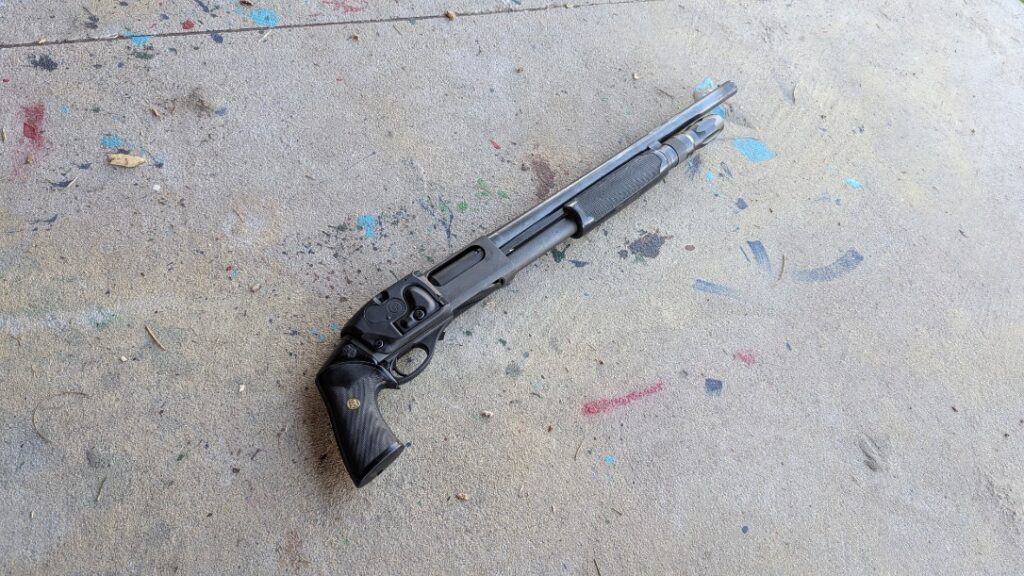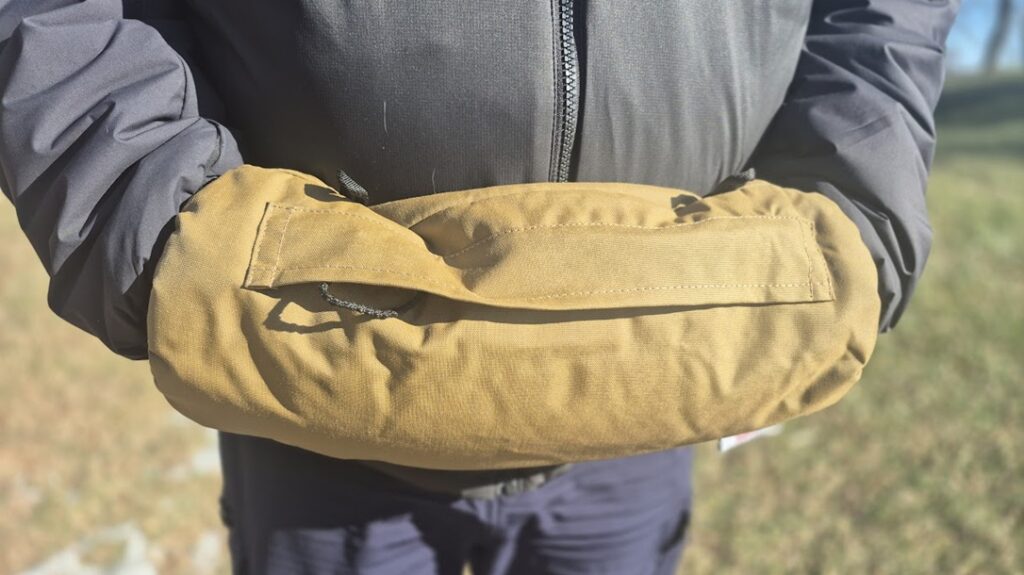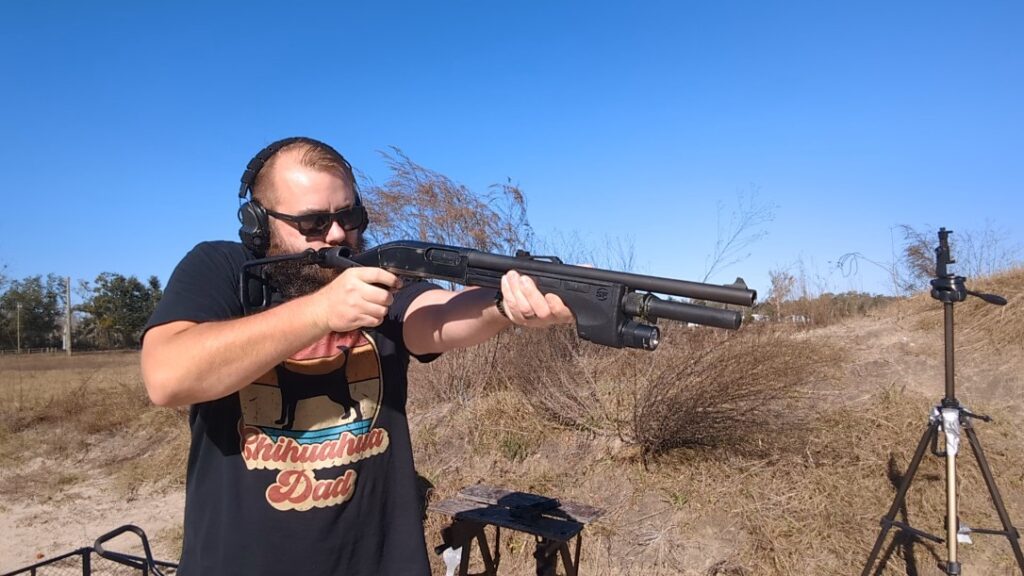The Dirty Harry movie series are an iconic part of American film making, and just as iconic a part of American gun culture. Clint Eastwood’s Inspector Callahan turned the S&W Model 29 into a legend, and until the advent of streaming services, re-runs of the original on broadcast TV or cable would STILL cause an uptick in sales. Today we’re going to look at the best movie in the series: Magnum Force.
Dirty Harry’s Writers
It’s an open secret that the un-credited writer of the first Dirty Harry movie was John Milius, who also wrote Red Dawn, The Wind and the Lion, Apocalypse Now, Conan the Barbarian, and Clear and Present Danger to name a few. He also wrote Magnum Force, the best Dirty Harry movie. But why is it the best Dirty Harry movie? What makes it stand above a classic like the first Dirty Harry?
Sometimes sequels are better
To draw a modern example of why Magnum Force is the better movie, I want to point your attention to the John Wick movies. The first JW, like Dirty Harry, is a great movie with generally solid gun handling, but also some weirdness that makes it not quite right. The second John Wick has the best gun handling in a modern action film…ever. The shoot-out in the catacombs is like a 3-gunner’s wet dream and absolutely cements the second John Wick as better than the first one.
Advertisement — Continue Reading Below
Similarly, the gun handling skills in Magnum Force move the film past the first one. There are multiple instances where people are shown manipulating revolvers using the techniques that were absolutely cutting edge for the time and reflected the best of the “high-speed” techniques available to cops of the era.
Hogan’s Alley
The best example of the gun handling in Magnum Force is the Hogan’s alley scene. If you’re not familiar with the term, the original Hogan’s Alley is an urban training environment that the FBI uses to teach tactics in a city. Before we called everything MOUT Towns we called them Hogan’s Alley, because the term became a catch all for any “city/tactical” training range.
In the movie, the SFPD is having their annual marksmanship contest, which is something police departments used to do, and Harry ends up tied with the hot gun hand for the corrupt cops that he thinks are murdering people. To break the tie, they have a shoot off on the Hogan’s Alley stage, which features disappearing targets and includes shoots and no-shoots. As a narrative device, Harry uses this scene to send a message to the dirty cops that he suspects them as well as gathering key ballistic evidence.
Advertisement — Continue Reading Below
But that’s not important, because what is important is the bad guy’s run through the scenario. While it does feature some Hollywood silliness like aggressively simulated recoil and a Hondo-roll, for the most part the gun handling is sharp and represents the peak of the 70s training. This is especially true when the bad guy goes to reload his Colt Python using a Safariland Comp-II speedloader. He conducts a weak-hand reload where he palms the entire loader, allowing him to create a physical reference between the gun and his reloading hand.
The entire scene is very well done, and is interesting to watch with an understanding of how police training was different 50 years ago. It’s especially interesting for me, because when I first watched Magnum Force I thought the shooting and training scenes were silly and kind of sucked, but that was because I didn’t know how things were done back then. I was watching it through my lens of Blackwater training with Todd Jarrett and USPSA competition, not as a student of the martial art of shooting.
I’m glad I watched it again, because as I’ve gotten slightly smarter in the last 13 years, I’ve grown to really appreciate movies that are incredibly technically well done, even if the actual guns, gear, and techniques are quite dated by now (I’m looking at you, Manhunter).
Advertisement — Continue Reading Below















